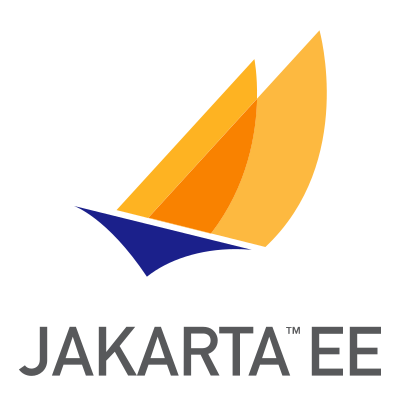Welcome to another edition of the JBoss Editorial where we delve into the JBoss Communities in search of more exciting developments and news from the JBoss projects.
Developing Cloud Native Java applications with Quarkus
If you develop Java applications for the cloud then Quarkus is the framework you should be using. Tailoring your application for GraalVM and HotSpot it results in a very fast boot time and low memory footprint, allowing your application to scale up quickly with higher density. To see Quarkus in action check out Edson's DevNation Live presentation where he demonstrates its advantages through a live coding session.
Introducing Keycloak.X
The Keycloak team are developing a new version of Keycloak with some lofty goals. The Keycloak.X distribution will focus on usability, reduced startup and memory footprint thanks to its use of Quarkus, support for zero-downtime upgrades and more. The Keycloak team would love your help whether that is through code contributions, taking part in discussions or just trying it out.
Introducing jBPM's Human Task Recommendation API
With the introduction of jBPM's Human Task recommendation API it is now possible to include machine learning capabilities within your jBPM projects. The API provides developers with the ability to integrate predictive models and have these recommendation services assign predicted values for the task or automatically complete the task should a predefined confidence level be reached. If you are interested in exploring this feature then check out Rui's post where he describes the API and demonstrates how it can be used through a working example project.
Planned Security Features for WildFly 19
With the feature development phase of WildFly 19 underway the WildFly team would like to highlight some of the security features being worked on as part of this release. Some of the features under development include support for MicroProfile JWT 1.1, Web Service and REST integration with Elytron, SSH integration for Git and more. If you are interested in any of these features, or the others mentioned in the blog post, then please get in contact with the team and provide some feedback.
JBoss Out and About
Back in August Eric Schabell was attending DevConf.US where he gave two presentations. The first presentation covered microservices and was entitled "The 3 Pitfalls Everyone Ignores with Microservices" with his second presentations covering his route into open source and entitled "How to jump start you career in open source". Check out both links for Eric's slides and recordings of his presentations.
Having recently hosted a webinar covering a Cloud Native developer tool chain Eric nows follows up with a step-by-step video demonstrating how to use the the tooling for Red Hat OpenShift Application Runtimes (RHOAR) to create and launch a Spring Boot example program on OpenShift.
New Releases
- The Byteman team have announced the release of Byteman 4.0.8.
- The Keycloak team have announced the release of Keycloak 7.0.1.
That's all for another edition of the JBoss Editorial, please join us again for more exciting development from the JBoss Communities.





